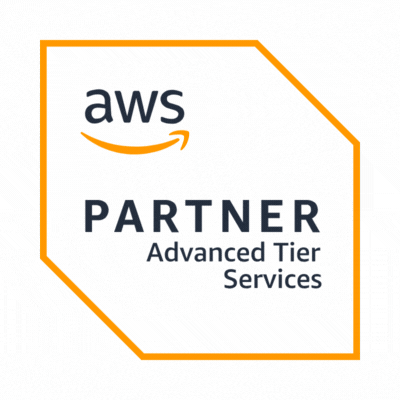As businesses increasingly adopt multi-cloud strategies to leverage the strengths of different cloud providers, optimizing cloud costs becomes a critical challenge. This comprehensive guide explores various multi-cloud cost optimization strategies, focusing on AWS tools, best practices, and recent industry insights to help organizations manage their cloud expenditures effectively.
Introduction to Multi-Cloud Cost Optimization
What is Multi-Cloud Cost Optimization?
Multi-cloud cost optimization involves strategically managing expenses across multiple cloud platforms to minimize costs while maintaining performance and scalability. This process encompasses a range of techniques and best practices aimed at reducing unnecessary expenditures and improving resource utilization.
Importance of Multi-Cloud Cost Optimization
With companies like Seagate reporting that a significant percentage of organizations spend millions annually on cloud services, effective cost optimization is essential.
According to Flexera's "2023 State of the Cloud Report," 37% of enterprises reported spending more than $12 million annually on cloud services, and 80% indicated their cloud spending exceeds $1.2 million per year.
Managing Costs in a Multi-Cloud Environment
Managing costs in a multi-cloud environment requires a comprehensive understanding of resource allocation, usage patterns, and pricing models across different cloud providers. AWS offers several tools to assist in this process.
Strategies for Cost Management
Centralized Cost Visibility
Use AWS Cost Explorer and AWS Budgets to gain visibility into your cloud spending across multiple accounts and regions. These tools help track usage and forecast future costs, enabling better budget management.
Resource Utilization Monitoring
Implement AWS CloudWatch to monitor resource utilization. Identify underutilized resources and shut them down or right-size them to avoid unnecessary costs.
Cost Allocation Tags
Utilize AWS Cost Allocation Tags to categorize and track expenses by department, project, or team. This practice ensures accountability and helps identify cost-saving opportunities.
Effectively managing costs in a multi-cloud environment requires a combination of visibility, monitoring, and strategic allocation. AWS provides robust tools to support these efforts, ensuring that organizations can optimize their cloud spending.
Best Practices for Multi-Cloud Cost Governance
Cost governance involves establishing policies and procedures to control cloud expenditures and ensure efficient resource usage. This section highlights best practices for implementing effective cost governance in a multi-cloud setup.
Establish Clear Policies
Develop and enforce policies for cloud resource usage, including guidelines for provisioning, de-provisioning, and tagging. Clear policies help prevent resource sprawl and unnecessary expenses.
Regular Audits and Reviews
Conduct regular audits of cloud resources to identify and eliminate waste. Use AWS Trusted Advisor to receive recommendations for cost optimization and security improvements.
Automated Cost Controls
Implement automation tools such as AWS Lambda to automate cost control actions, like stopping unused instances or scaling resources based on demand.
By following best practices for cost governance, organizations can ensure efficient resource utilization and control cloud spending. Regular audits, clear policies, and automation play crucial roles in maintaining cost efficiency.
Multi-Cloud Financial Management
Financial management in a multi-cloud environment involves integrating cost data from various cloud providers and optimizing expenditure to align with business goals. AWS offers several tools to facilitate effective financial management.
Integrated Cost Management
Use AWS Cost and Usage Reports to integrate cost data from multiple cloud providers. This integration provides a comprehensive view of cloud spending and helps in detailed financial analysis.
Predictive Budgeting
Leverage AWS Budgets and AWS Cost Anomaly Detection to forecast future costs and detect unusual spending patterns. Predictive budgeting helps in proactive financial planning and prevents budget overruns.
Cost Optimization Programs
Participate in AWS’s cost optimization programs like Savings Plans and Reserved Instances. These programs offer significant discounts for committed usage, leading to substantial cost savings.
Effective financial management in a multi-cloud environment requires integrated cost data, predictive budgeting, and participation in cost-saving programs. AWS provides a suite of tools to support these strategies, ensuring that organizations can manage their cloud finances effectively.
The Bottom Line
Optimizing costs in a multi-cloud environment is essential for maximizing the value of cloud investments. By implementing strategies for cost management, governance, and financial management, organizations can achieve significant cost savings and improve resource efficiency. AWS offers a range of tools to support these efforts, helping businesses navigate the complexities of multi-cloud cost optimization.
Ready to optimize your AWS costs? Book a cloud consultation session with our experts.




















